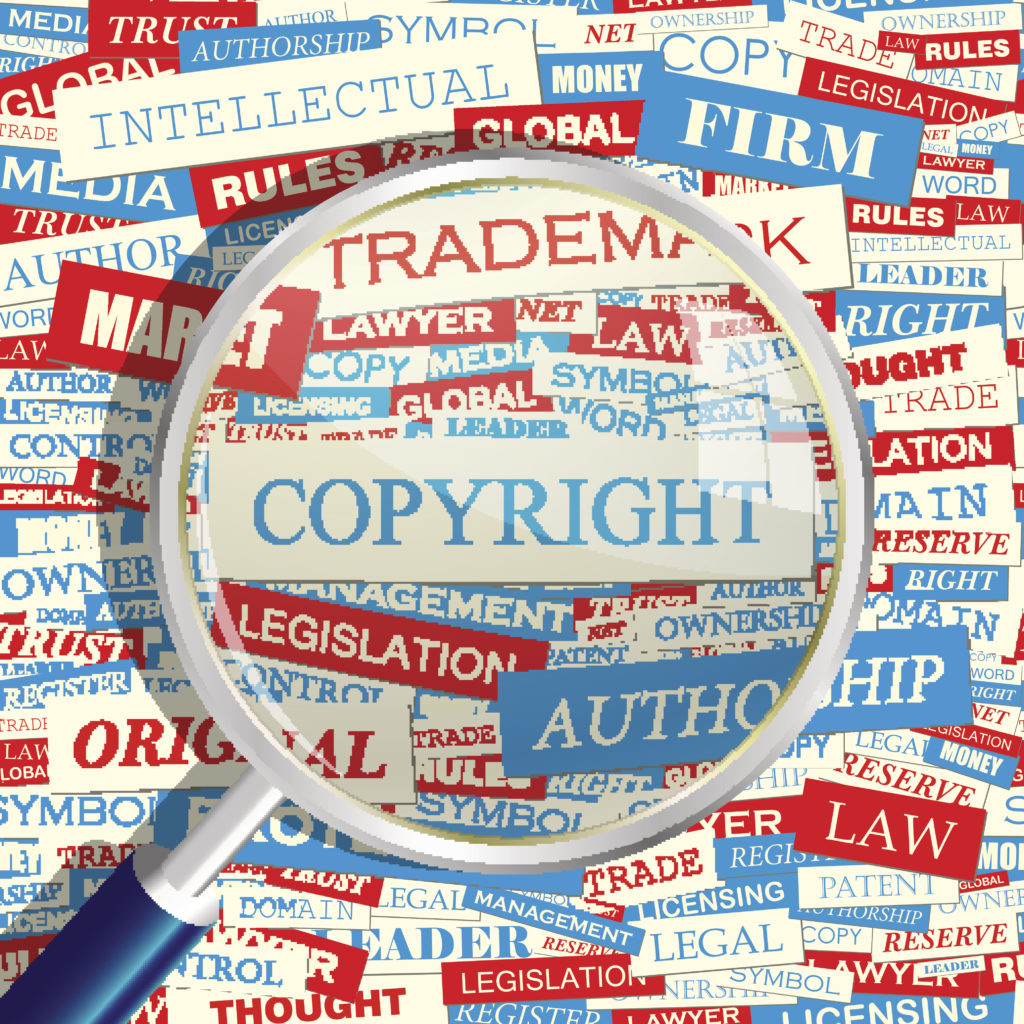
Recent impressive developments in technology within the marine industry raise important issues for marine businesses on how best to protect their inventions and innovations.
The future is here: driverless vessels. Billed as the ‘Google Car’ of the sea, reports have been coming thick and fast of the invention of the world’s first fully autonomous electric container ship. Norwegian marine technology company Kongsberg Maritime recently announced its plans to build the unmanned ship in collaboration with another Norweigan company, Yara International. The purpose of the vessel is to transport Yara’s products from plant to port by sea, rather than the current diesel truck journeys by road, thereby significantly reducing carbon emissions. According to reports, the ship will launch in a manned capacity next year. Following successful trials it will become fully autonomous from 2020, with all operations of the vessel controlled from Kongsberg’s land-based offices.
This exciting development in the marine technology world raises two key issues that all marine businesses should think about:
- How can we best protect a new invention ?
Marine businesses are some of the most inventive in the world. For all businesses creating new technologies or inventing solutions for old problems, you need to be aware of the web of intellectual property (IP) rights that can protect your inventions. Some IP rights, such as copyright, arise automatically as soon as you put ‘pen to paper i.e. as soon as you begin to design your products. In the UK there is no registered copyright, but in other countries, including the US, you can register copyright. If you operate internationally think about whether you should be protecting your designs in this way.
Where your business is ‘inventing’ something in the classic sense of the word, there are two registered rights you should be thinking about: patents and registered designs. Patents protect how something works and an invention like the autonomous container ship will be protected by dozens of patents in several different areas, such as remote operating technology and propulsion control systems. Registered designs protect the way a product appears and are often too quickly dismissed in the highly technical world of marine inventions. From an intellectual property perspective, we would expect the majority of marine inventions to require protection from patents, registered designs and copyright to fully protect the invention.
Once the product has been developed, there will also be the need to protect its name and brand by way of trade mark protection. Registered trade marks are a cost-effective way to ensure you gain a monopoly right over the name of your products in the industry in which you operate. They also help to differentiate your products from others in the market.
- When working in collaboration with another company, what legal issues do we need to think about?
Collaboration with other companies can bring developments that are more than the sum of their parts with shared knowledge and a shared goal. The most common legal issues that come up when two companies choose to work together are around knowledge sharing and confidentiality, and about who will own the rights in the end product.
At the beginning of any working relationship and particularly in the case of collaboration, the parties should carefully consider how they are going to work together and take the time to document this in a binding contract. This greatly lessens the risk of disputes over ownership later. The parties should agree a basis and method of knowledge sharing and agree how each other’s information is kept confidential. Any outside contractors that the parties work with will also need to be bound by way of written contract.
Who owns the rights in the end product is often a difficult point. Joint ownership of intellectual property is possible, but can be complex and is usually to be avoided unless the parties are going to be bound together in other ways. Without ongoing projects the risk of ownership disputes increases. The most common agreement is for one party to own the IP in the invention and for the other to obtain a right to any profits, but there are many variations on this type of ownership sharing.
Many businesses assume that where they commission another company to make something for them, particularly where they work on a ‘proof of concept’, that because they have paid for the product they will own the rights to it. This is not the case. The creator of a product owns the rights, even where he or she has been paid by another company to create it. Therefore if your business uses a supplier to help develop products you will need to ensure any intellectual property rights have been properly assigned to you.
If you are creating or developing innovations in the marine sector, you should consider the above key issues and ensure your business’ IP is protected by registrations and through proper legal agreements.
